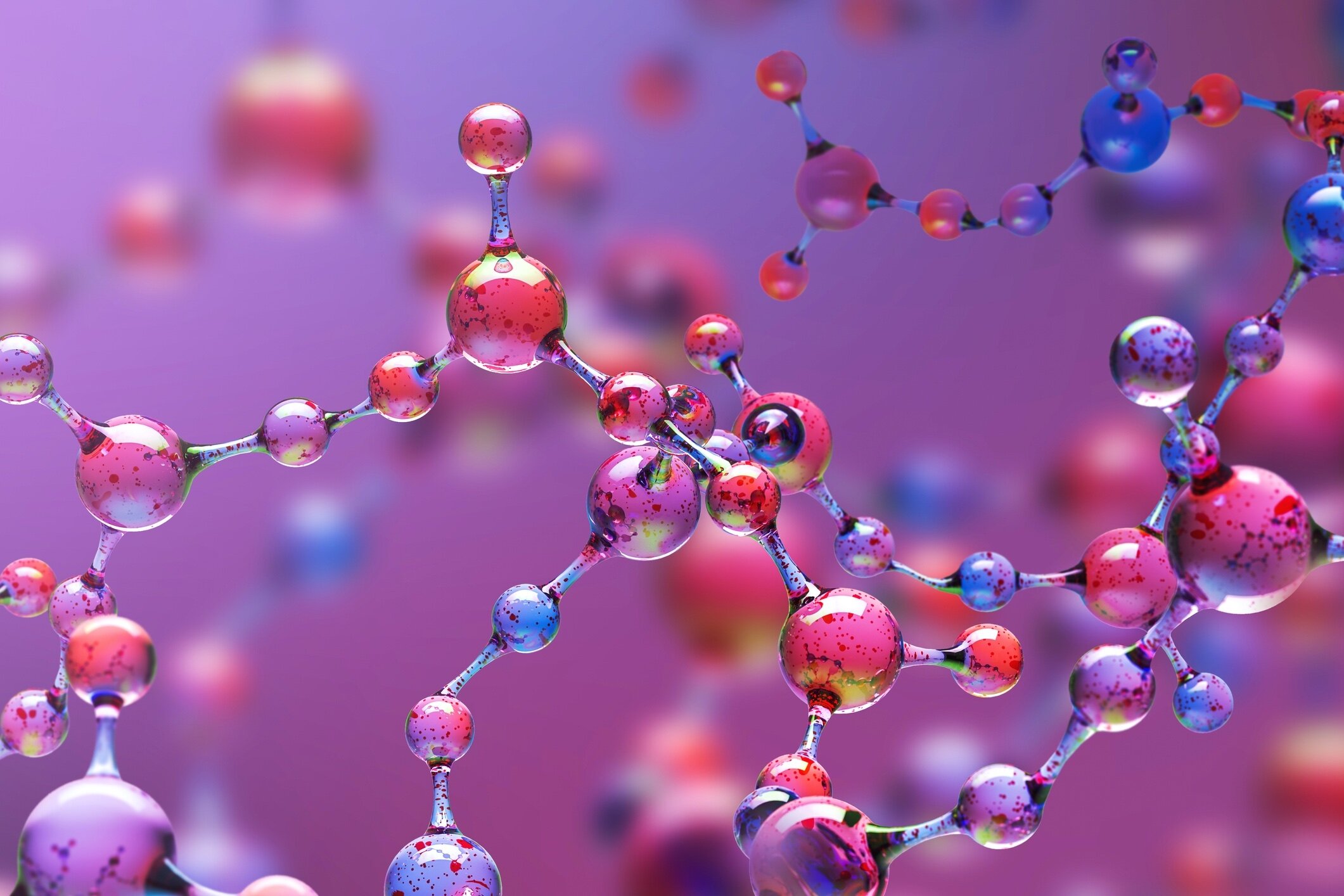A novel approach combining enzymes and small-molecule photochemistry has been developed by researchers at UC Santa Barbara, resulting in new catalytic reactions. This synergistic method allows for the synthesis of non-canonical amino acids, crucial for therapeutic purposes, offering new possibilities for product development and process streamlining.
“This method addresses a crucial challenge in our field: how to create new catalytic reactions that are novel in both biology and chemistry,” said chemistry Professor Yang Yang, a co-author of a paper published in Science. “Furthermore, the process is stereoselective, meaning it can choose a preferred ‘shape’ for the resulting amino acid.”
The synergistic photobiocatalytic method involves two simultaneous catalytic reactions. The photochemical reaction produces an intermediate molecule that synergistically combines with the reactive intermediate of the enzymatic process to form the amino acid.
On one side, the biocatalysis starts with an enzyme that activates a natural amino acid substrate to form an enzymatic intermediate. On the other side, a small molecule photocatalyst absorbs visible light energy to activate another substrate, resulting in the generation of a short-lived radical species (transient, highly reactive molecule).
Radicals, despite their short lifespan, are challenging to control due to their tendency to undergo side reactions or be destroyed. However, the enzymatically generated intermediate captures these fleeting radicals, allowing them to react efficiently and selectively with the enzymatic intermediate, enabling stereoselective chemistry.
The main goal of Yang Lab is to create a platform for the synthesis of non-canonical amino acids that demonstrates efficiency and stereoselectivity. This streamlined process reduces the number of steps required for non-canonical amino acid synthesis by three to five, providing a potential breakthrough for peptide therapy production. Yang has also received interest from the pharmaceutical and biotech industries regarding the application of this technology.
Additionally, this method has the potential to revolutionize both bio- and synthetic catalysis, offering researchers the opportunity to work with challenging radicals, access previously unattainable compounds and molecules, and discover new reactions.
More information:
Lei Cheng et al, Stereoselective amino acid synthesis by synergistic photoredox-pyridoxal radical biocatalysis, Science (2023). DOI: 10.1126/science.adg2420
Citation:
Scientists unveil synergistic method for non-canonical amino acid synthesis (2023, July 29)
retrieved 29 July 2023
from https://phys.org/news/2023-07-scientists-unveil-synergistic-method-non-canonical.html
This document is subject to copyright. Apart from any fair dealing for the purpose of private study or research, no
part may be reproduced without the written permission. The content is provided for information purposes only.
Denial of responsibility! TechCodex is an automatic aggregator of the all world’s media. In each content, the hyperlink to the primary source is specified. All trademarks belong to their rightful owners, and all materials to their authors. For any complaint, please reach us at – [email protected]. We will take necessary action within 24 hours.

Jessica Irvine is a tech enthusiast specializing in gadgets. From smart home devices to cutting-edge electronics, Jessica explores the world of consumer tech, offering readers comprehensive reviews, hands-on experiences, and expert insights into the coolest and most innovative gadgets on the market.


